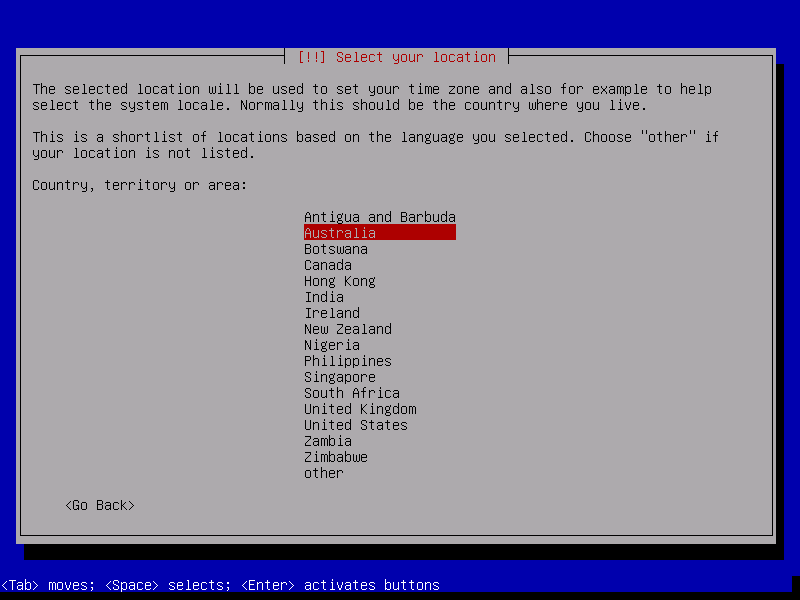
 Bleeding Edge Updates – Debian Sid has the latest and greatest software, and bugs are usually fixed swiftly. Once installed, you will continue to sync/roll with its continuously updated system and packages. With Debian Sid, you won’t have to perform distro upgrades or re-installs – Debian Sid isn’t an actual release but more of a moving target, as it were. If you are already on Ubuntu, you can check with this command: cat /etc/debian_version …which will return the version of Debian it’s based on. Ubuntu is based on Debian Sid – Debian is a very mature distro that started in 1993! Less than a handful of Linux distros started around that time are still alive and well today. ( Experimental > Unstable > Testing > Stable ) For best security, if you are running Debian Unstable, it is a good idea to be aware of any new bugs discovered in the installed packages, new bugfixes/features introduced etc. Install the apt-listbugs and apt-listchanges packages to be made aware of any serious bugs or important changes when you install new packages or during an upgrade. Most of the packages are stable however, newer development packages are uploaded to unstable first.
Bleeding Edge Updates – Debian Sid has the latest and greatest software, and bugs are usually fixed swiftly. Once installed, you will continue to sync/roll with its continuously updated system and packages. With Debian Sid, you won’t have to perform distro upgrades or re-installs – Debian Sid isn’t an actual release but more of a moving target, as it were. If you are already on Ubuntu, you can check with this command: cat /etc/debian_version …which will return the version of Debian it’s based on. Ubuntu is based on Debian Sid – Debian is a very mature distro that started in 1993! Less than a handful of Linux distros started around that time are still alive and well today. ( Experimental > Unstable > Testing > Stable ) For best security, if you are running Debian Unstable, it is a good idea to be aware of any new bugs discovered in the installed packages, new bugfixes/features introduced etc. Install the apt-listbugs and apt-listchanges packages to be made aware of any serious bugs or important changes when you install new packages or during an upgrade. Most of the packages are stable however, newer development packages are uploaded to unstable first. 
Debian Sid contains mostly stable package versions – “Unstable” does not mean that Debian Sid consists entirely of unstable development versions.However, here are some of the highlights of using Debian Sid. The disadvantages – or rather challenges – are well known, so that I won’t go into those. If you are a hardcore developer or tester, you may opt to use this release. Debian Unstable is one of the three distributions Debian provides (along with Stable and Testing). Debian Unstable (also known by its codename “Sid”) is not strictly a release but rather a rolling development version of the Debian distribution containing the latest packages. Today, however, I’ll show how to install Debian Unstable in detail.






 0 kommentar(er)
0 kommentar(er)
